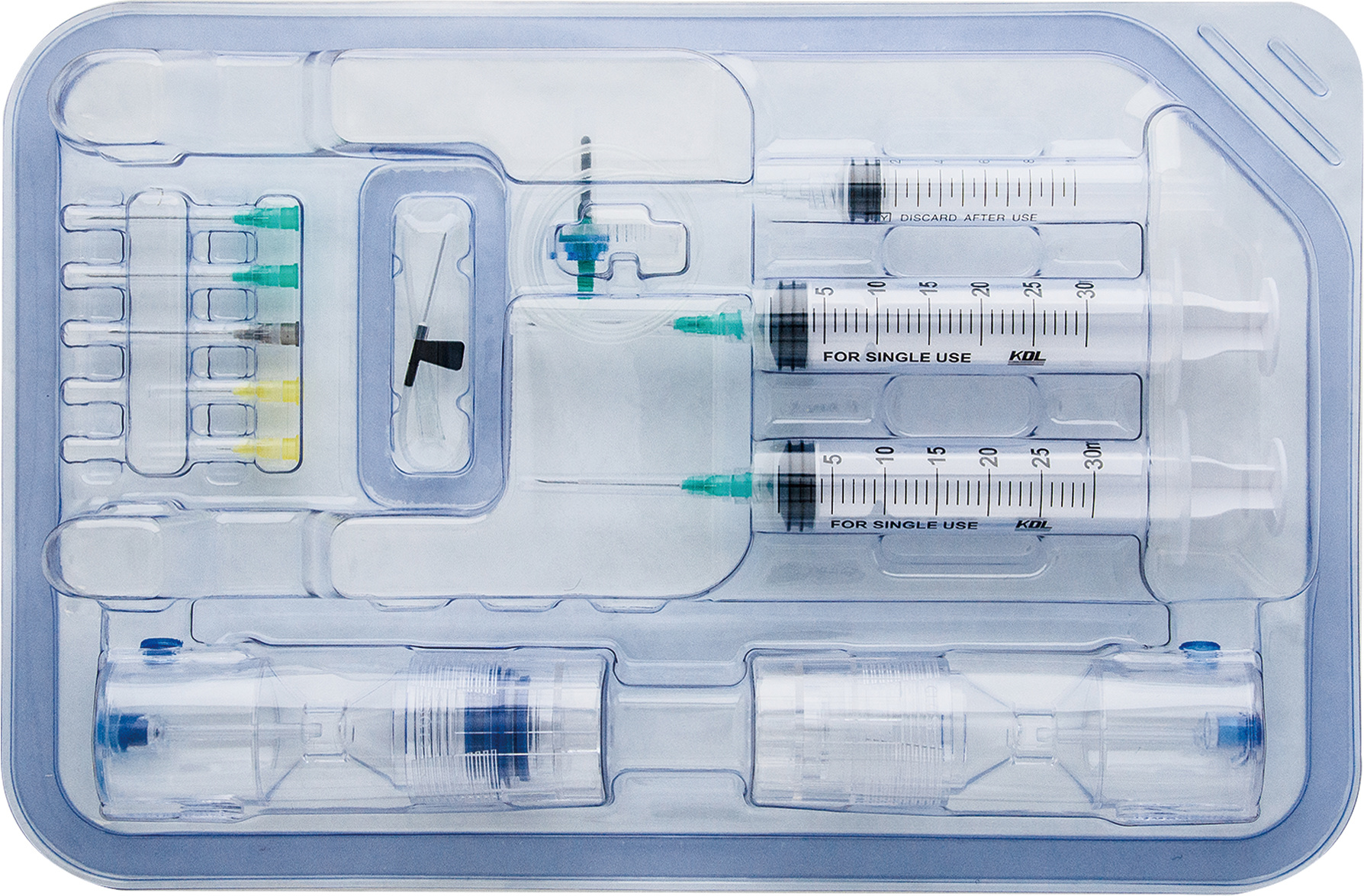
News
About Platelet-Rich Plasma for Chronic Low Back Pain
07 Jan,2025

Low back pain is common in pain clinics. Treatment methods include conservative treatment, minimally invasive surgery, and traditional open surgery. The treatment principle is to reduce pain, restore function, and avoid recurrence. In recent years, platelet-rich plasma (PRP) has shown its ability to repair damaged tissues such as myofascia, tendons, ligaments, and cartilage, and is a promising method for treating tissue damage and relieving pain. It is also effective in the regeneration and repair of degenerated tissue. PRP treatment is mostly injection into the lesion, which has less trauma and fast postoperative recovery. It is also widely used in the minimally invasive treatment of chronic low back pain.
PRP is high-concentration platelet plasma obtained from autologous peripheral blood after multiple centrifugations. The ideal platelet concentration for PRP treatment is 4 to 6 times the normal platelet concentration in whole blood. Platelets are not only important for the hemostatic system, but also a source of growth factors, such as VEGF, EGF, TGF-β1, PDGF, etc., which are very important for biological processes such as wound healing, angiogenesis, extracellular matrix synthesis, and scar formation, so PRP It is also used to promote soft tissue healing, graft vascularization, and bone regeneration. In addition, platelets are also involved in regulating inflammatory responses and can prevent excessive leukocyte recruitment caused by anti-inflammatory cytokines. PRP can be used topically or injected. Different PRP can be obtained by using different processes, different anticoagulants, and centrifugation conditions. There is currently no unified preparation method and standardized aseptic operations should be carried out according to the instructions of different products. PRP is derived from autologous blood, has high safety, and will not cause immune reactions, or spread diseases or tumors. Adverse reactions after PRP injection are mostly local swelling, pain, etc. caused by the operation. They are not directly related to PRP itself but depend on the skill and proficiency of the operator. A few patients experience systemic reactions, such as dizziness, headache, nausea, sweating, and tachycardia, but they are generally mild and recover quickly. PRP has been researched and applied in many fields, including plastic surgery, dermatology, cardiac surgery, obstetrics and gynecology, orthopedics, pain department, rehabilitation department, and urology surgery.
Application of PRP in chronic low back pain
1. PRP for discogenic low back pain
Discogenic low back pain (DLBP) is a common cause of chronic low back pain. The mechanism may be related to structural changes caused by degenerative changes in the intervertebral disc, biomechanical instability, inflammation, etc. Intervertebral disc degeneration is the main cause of discogenic low back pain, and treatment includes physical therapy, oral or injectable drugs, and other symptomatic and supportive treatments. Most of these treatments can control symptoms but cannot regenerate the intervertebral disc to improve its degeneration. PRP has attracted much attention due to its regenerative properties.
2. PRP treats chronic sacroiliac joint pain
Sacroiliac joint-derived pain is the pain located in the sacroiliac joint area. It can be caused by trauma, pregnancy, repetitive stress, sports, and spinal surgery. There is a lack of reliable clinical assessment methods. It is generally believed that pain relief >75% after local anesthetic infiltration into the joint can be diagnosed. There are various treatment options, and PRP injections are promising for the treatment of sacroiliac joint pain in the short and long term. Existing research shows that PRP injections for the treatment of sacroiliac joint-derived pain are effective and safe in improving pain and function in the short term.
Limited research currently suggests that PRP may be a safe and effective treatment for chronic low back pain. However, due to individual differences, differences in PRP concentration and quality will also affect the efficacy, and the optimal time for PRP injection and the optimal concentration of platelets in PRP have yet to be standardized.

Platelet Rich Plasma (PRP) Preparation Kit
>Fully automatic;
>Platelet concentration is adjustable 2-8 times;
>Safe and reliable;
>Preparation only takes 15 minutes;
>Leukocyte-poor/rich PRP optional;
>Personalized diagnosis and treatment
Application:
Orthopedic(Osteoarthritis; Microfracture surgery; Chronic osteomyelitis)
Rehabilitative Medicine(Meniscal injuries; Rotator cuff injuries; Tennis elbow)
Wound repair(Diabetic foot; Burns; Scalds)
Gynecology(Infertility; Endometrial repair; Improvement of ovarian function)
Plastic and Reconstructive Surgery(Anti-aging; Pigmentation; Alopecia areata)
Others(Surgical incisions; Tooth extractions; Dry eye syndrome)
Next article
Related News
PRP Technology – Repair and Anti-Aging
2025-10-14
Clinical Application of PRP in Dermatology
2025-10-10
